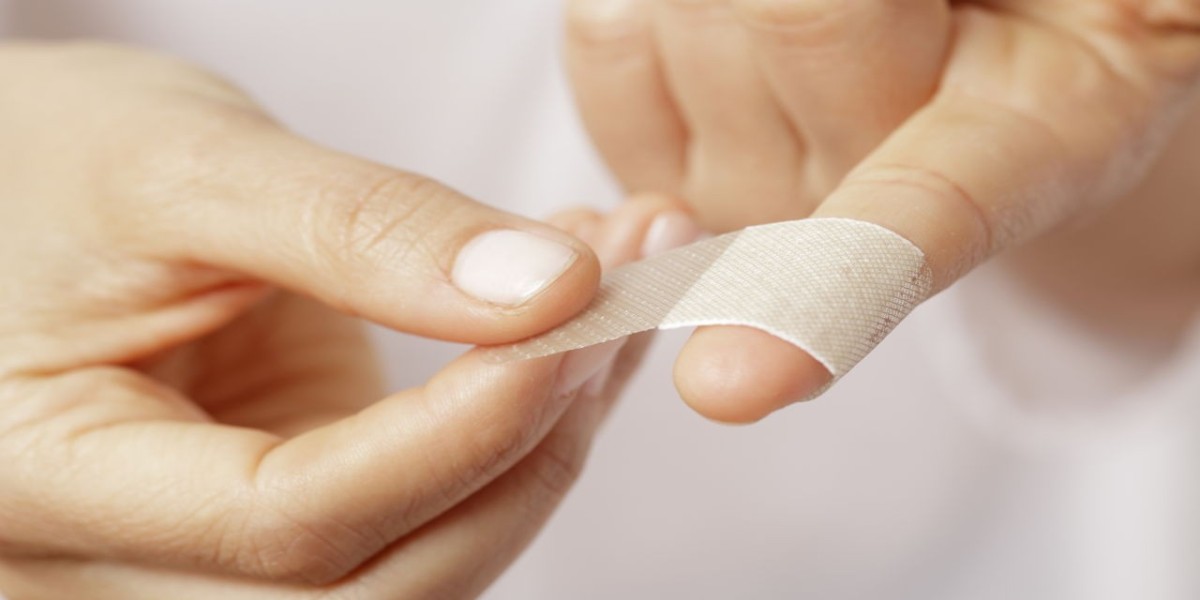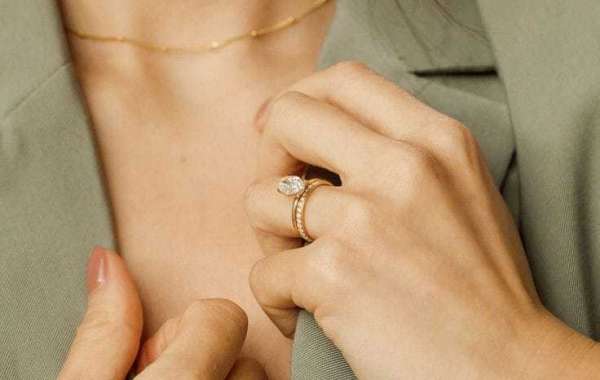Cuts and scrapes are common injuries that most people experience at some point in their lives. Whether it’s from a minor accident, a fall, or a simple everyday mishap, knowing how to properly address these injuries is crucial for effective healing and preventing complications. This comprehensive guide will explore the different types of cuts and scrapes, how to treat them, and the best practices for preventing them in the future.
Understanding Cuts and Scrapes
Types of Cuts
1. Abrasions: Abrasions are surface injuries caused by the scraping or rubbing of the skin against a rough surface. They typically affect the outer layer of the skin, known as the epidermis. Common examples include road rash from a fall or skin grazed by a rough surface.
2. Lacerations: Lacerations are deeper cuts that result from tearing or slicing through the skin. They can be caused by sharp objects like knives or broken glass. Lacerations often involve not only the epidermis but also the dermis, the second layer of the skin.
3. Incisions: Incisions are clean cuts made by sharp objects like knives or surgical tools. They are often more precise and cleaner than lacerations, making them easier to manage and treat.
4. Punctures: Puncture wounds are caused by objects that penetrate the skin, such as nails or needles. These injuries can be deep and may carry a risk of infection, as the object can introduce bacteria deep into the wound.
Types of Scrapes
Scrapes, also known as abrasions, involve the scraping away of the skin's surface. They can range from minor surface injuries to more severe abrasions that involve bleeding. The severity of a scrape depends on the force and surface involved in the injury.
Treating Cuts and Scrapes
Proper treatment of cuts and scrapes is essential for preventing infection and promoting healing. Here’s a step-by-step guide on how to treat these injuries effectively.
1. Clean the Wound
a. Wash Your Hands: Before touching the wound, always wash your hands thoroughly with soap and water to avoid introducing bacteria.
b. Rinse the Wound: Use lukewarm water to rinse the wound gently. If the wound is large or has debris, you may use a mild, non-alcoholic soap to clean around it. Avoid using hydrogen peroxide or alcohol directly on the wound, as these can damage healthy tissue and delay healing.
c. Remove Debris: If there is any dirt or debris in the wound, use sterile tweezers to remove it. Ensure that the tweezers are cleaned and sterilized before use.
2. Apply Antiseptic
Once the wound is clean, apply a thin layer of antiseptic ointment to prevent infection. Choose a product that is suitable for your skin type and does not contain alcohol, which can cause irritation.
3. Cover the Wound
a. Use Sterile Bandages: For minor cuts and scrapes, cover the wound with a sterile adhesive bandage. This helps protect the area from dirt and bacteria and keeps the wound moist, which can speed up healing.
b. For Larger Wounds: Use a sterile gauze pad and secure it with medical tape. Make sure the bandage or gauze is large enough to cover the wound completely.
4. Change the Dressing
Change the dressing at least once a day or whenever it becomes wet or dirty. Each time you change the dressing, clean the wound again and reapply antiseptic before covering it with a new bandage.
5. Monitor for Infection
Watch for signs of infection, including increased redness, swelling, warmth, or pus. If you notice any of these symptoms, or if the wound does not seem to be healing, seek medical attention.
6. Manage Pain and Swelling
For pain and swelling, you can use over-the-counter pain relievers like acetaminophen or ibuprofen. Applying a cold compress to the affected area can also help reduce swelling and discomfort.
When to Seek Medical Attention
While most cuts and scrapes can be treated at home, there are situations where you should seek professional medical help:
1. Deep Cuts: If the cut is deep, large, or gaping, it may require stitches or other medical intervention.
2. Persistent Bleeding: If the bleeding does not stop after applying pressure for 10 minutes, seek medical help.
3. Foreign Objects: If there are foreign objects embedded in the wound, do not attempt to remove them yourself. Seek medical assistance.
4. Signs of Infection: If you notice signs of infection or the wound is not healing properly, consult a healthcare provider.
5. Tetanus Risk: If the wound is caused by a dirty or rusty object and you have not had a tetanus shot in the last 10 years, you may need a booster.
Preventing Cuts and Scrapes
Prevention is always better than treatment. Here are some tips to reduce the risk of cuts and scrapes:
1. Wear Protective Gear
When engaging in activities that pose a risk of injury, such as sports or DIY projects, always wear appropriate protective gear. This can include gloves, knee pads, elbow pads, and helmets.
2. Keep Your Environment Safe
Ensure that your home and work environment are free of hazards that could cause cuts or scrapes. For example, keep sharp objects out of reach and repair any rough or broken surfaces that could lead to injury.
3. Practice Safe Habits
Be mindful of your surroundings and use caution when handling sharp objects or working in hazardous conditions. Teaching children about safety and proper behavior can also help prevent accidents.
4. Maintain Healthy Skin
Healthy skin is less prone to injury and infection. Keep your skin moisturized, and protect it from excessive sun exposure, which can make it more susceptible to damage.
[First Care Clinics4u]
For more detailed guidance on treating cuts and scrapes or if you have concerns about a specific injury, consider visiting [First Care Clinics4u]. Their medical professionals can provide expert advice and treatment tailored to your needs, ensuring that you receive the best care for effective healing.
Conclusion
Cuts and scrapes are common but manageable injuries that everyone encounters. By understanding the types of wounds, knowing how to treat them properly, and following preventive measures, you can ensure that these minor injuries heal quickly and without complications. Remember, if you ever feel uncertain about how to handle a cut or scrape, or if you suspect an infection, seek professional medical assistance to ensure optimal care and recovery.










